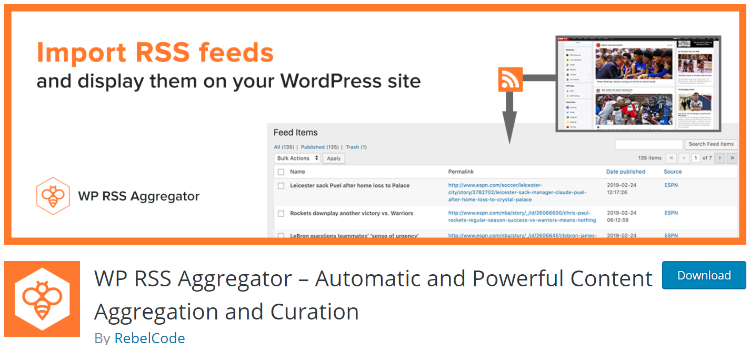


parse individual content blocks, such as stock market prices, weather, or foreign exchange rates.create directory or aggregator websites filled with the content generated by RSS feeds.email content directly to the subscribers using services like Mailchimp.set up a posting to social media with the help of RSS technology.create folders and have all the feeds neatly organized.

get email digests from social media channels and pages.receive fresh podcast or video updates, all in one place.read new articles from your favorite blogs.So, all the content feeds you are interested in are collected in one place, and you don’t have to visit loads of websites to read your favorite bloggers and news or listen to podcasts.Īnother good news is that RSS feeds are not so one-dimensional and can be used for different tasks, like social media auto-posting. For RSS feeds, you need a reader (very simple and not taking many resources: from web apps or free Chrome extensions to the paid AI-coordinated RSS aggregators with suggestions and various enterprise solutions). While on YouTube, you have an account with your favorite channels. RSS stands for “Really Simple Syndication,” and enables something similar to the YouTube channel subscription but made for the website content. How to Add RSS Feeds to the WordPress Website?.How to Customize the WordPress RSS Feed?.So, it’s time to dive deeper into the topic of RSS feeds for WordPress. Maybe it’s because many of us still remember quite ugly and clumsy interfaces of old RSS readers.

Well, I have many reasons to say that this technology is terribly underrated nowadays. The funny thing is that almost every article on this topic starts by stating that Google suspended FeedBurner support ten years ago, so RSS is dead. Or they came across it without realizing that what they are reading or listening to is actually an RSS feed. For many people, RSS is something they’ve heard about but never used.


 0 kommentar(er)
0 kommentar(er)
